Quiz Sciences
Last Updated:
IMPROVE YOUR KNOWLEDGE WITH OUR SCIENCE QUIZ
Are you passionate about science? We offer you a collection of science quizzes to test your knowledge on different subjects, such as physics, biology, chemistry, astronomy, geology, etc.
Our science quizzes are a fun and educational way to discover the world of science. With our selection of questions on different topics, you can test your knowledge about science and technology. Do you know the most important laws of physics? Can you name the different parts of the human body? Can you identify the different chemical elements? Our science quizzes are here to help you answer these questions and expand your scientific knowledge.
Our science quizzes will help you discover new topics and theories, as well as learn about the great scientists in history. Science quizzes are a fun way to reinforce your knowledge and discover the beauty and complexity of the universe. So if you are a science enthusiast or just curious, come test your knowledge with our science quizzes.
sciences
/ 10
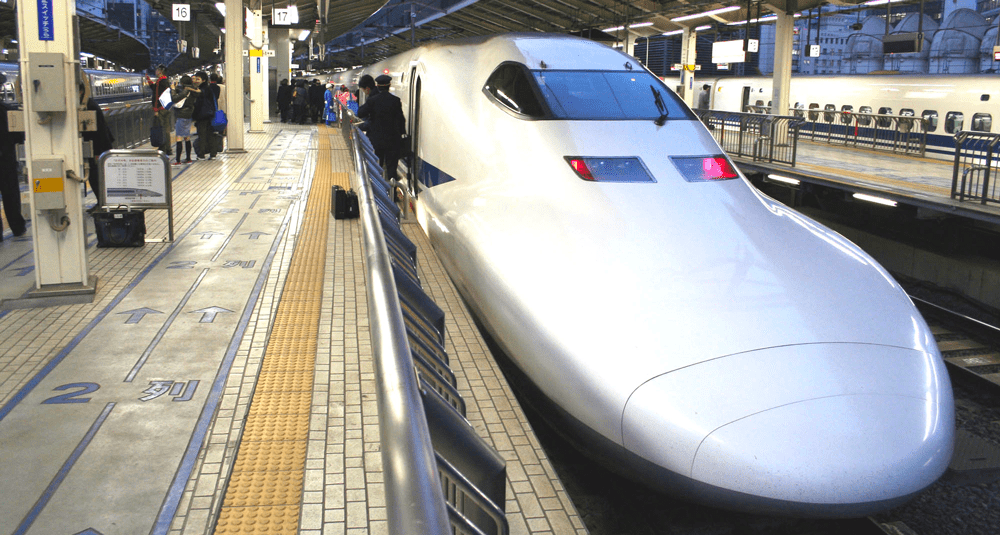
What is the name of the high-speed train system in operation in Japan?
2Shinkansen
1SCMaglev

🙌 Good answer
Shinkansen is the high-speed train system in operation in Japan. The name refers to both the trains and the infrastructure. The use of a set of dedicated lines and the techniques employed made Shinkansen a forerunner and Japan the pioneer of high-speed rail travel when it came into service in 1964.
Next question

😞 Wrong answer
Shinkansen is the high-speed train system in operation in Japan. The name refers to both the trains and the infrastructure. The use of a set of dedicated lines and the techniques employed made Shinkansen a forerunner and Japan the pioneer of high-speed rail travel when it came into service in 1964.
Next question
sciences
/ 10
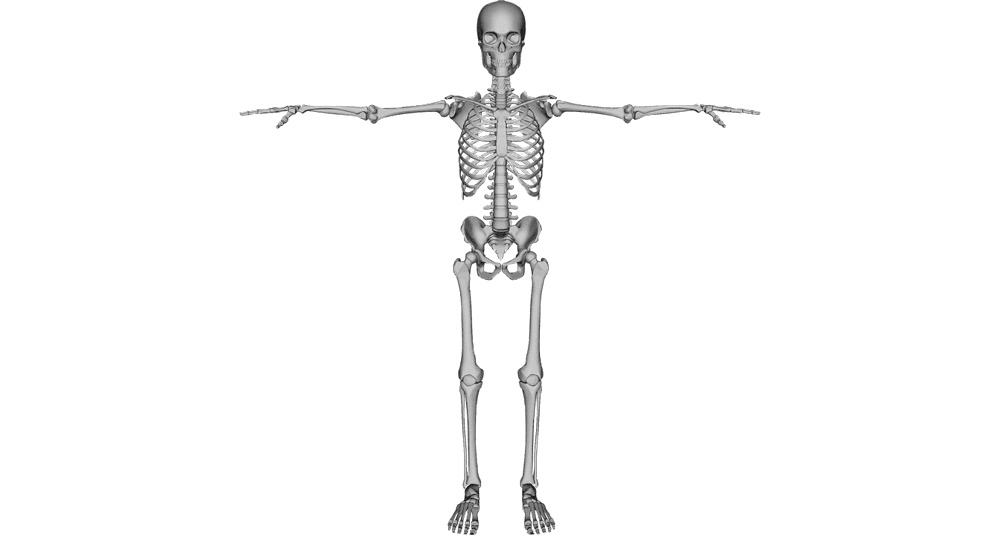
What are coxal bones?
1Pelvis
2Spinal column

🙌 Good answer
The coxal bones form the lateral part of the pelvis and articulate with the sacrum to support the spine and connect the lower limbs.
Next question

😞 Wrong answer
The coxal bones form the lateral part of the pelvis and articulate with the sacrum to support the spine and connect the lower limbs.
Next question
sciences
/ 10
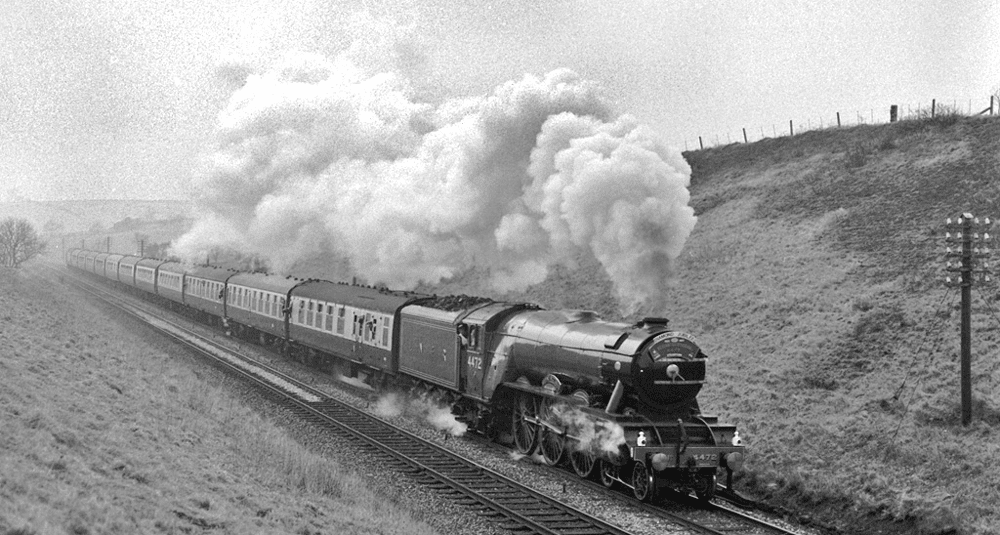
What was the name of the first series of steam locomotives built by George Stephenson?
1Blücher
2Novelty

🙌 Good answer
George Stephenson is a British engineer. He is one of the "founding fathers" of the steam railway. The Blücher is the first of a series of 4 or 5 locomotives built by George Stephenson as early as 1814 for the Killingworth coalfields north of Newcastle.
Next question

😞 Wrong answer
George Stephenson is a British engineer. He is one of the "founding fathers" of the steam railway. The Blücher is the first of a series of 4 or 5 locomotives built by George Stephenson as early as 1814 for the Killingworth coalfields north of Newcastle.
Next question
sciences
/ 10
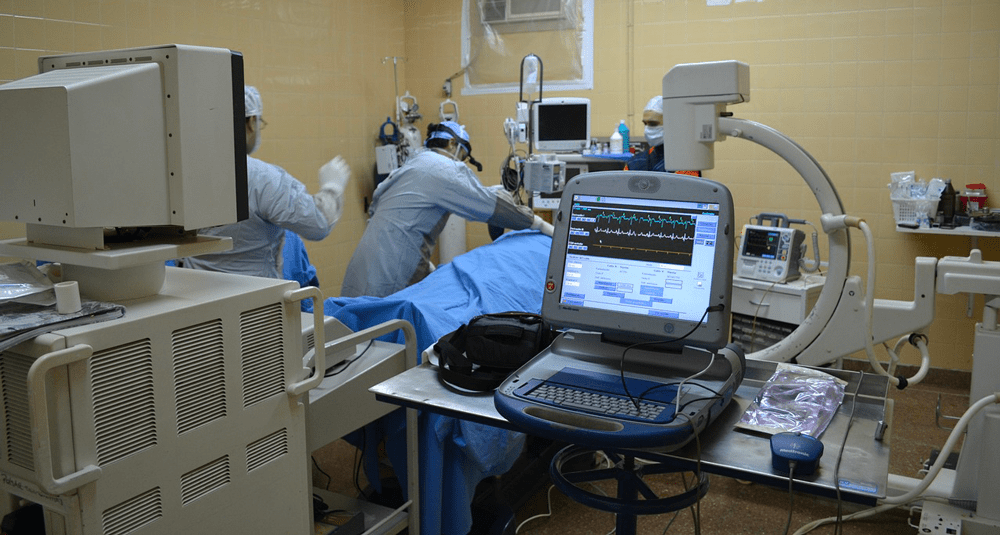
Which surgeon performed the first heart transplant?
1Christiaan Barnard
2James Hardy

🙌 Good answer
The first heart transplant was performed on December 3, 1967 by South African surgeon Christiaan Barnard at Groote Schuur Hospital in Cape Town.
Next question

😞 Wrong answer
The first heart transplant was performed on December 3, 1967 by South African surgeon Christiaan Barnard at Groote Schuur Hospital in Cape Town.
Next question
sciences
/ 10

In anatomy, where is the floor?
1The cranial box
2The facial

🙌 Good answer
The floor (or base of the skull), located in the cranial box, is formed of three cranial pits.
Next question

😞 Wrong answer
The floor (or base of the skull), located in the cranial box, is formed of three cranial pits.
Next question
sciences
/ 10
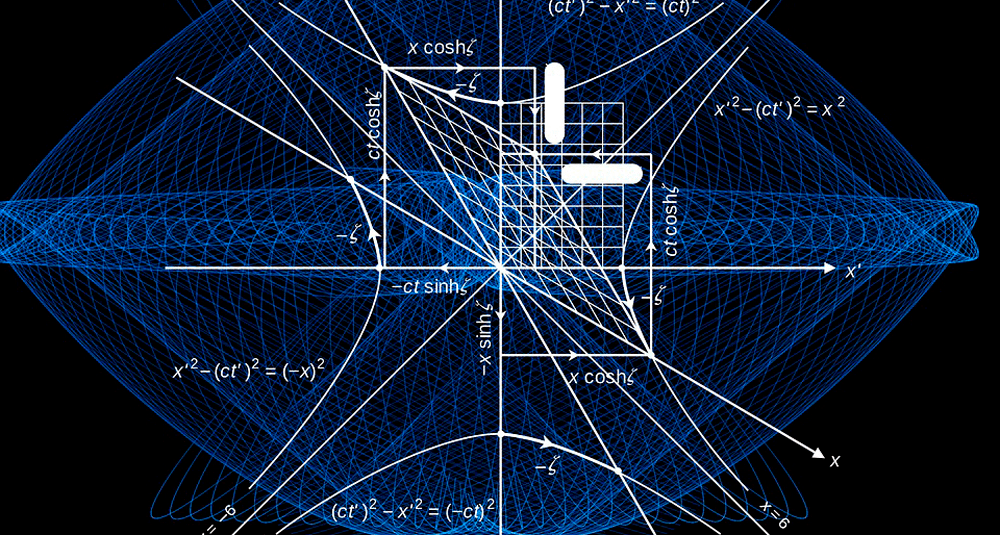
A triangle can be equidistant or equilateral?
2Equilateral
1Equidistant

🙌 Good answer
A triangle can be equilateral. An equilateral triangle has three sides of equal length and three equal angles of 60 degrees.
Next question

😞 Wrong answer
A triangle can be equilateral. An equilateral triangle has three sides of equal length and three equal angles of 60 degrees.
Next question
sciences
/ 10

How many astronauts in the Apollo space program have walked on the moon?
212
19

🙌 Good answer
NASA's Apollo space program, launched in 1961 and completed in 1975, saw twelve American astronauts walk on the moon.
Next question

😞 Wrong answer
NASA's Apollo space program, launched in 1961 and completed in 1975, saw twelve American astronauts walk on the moon.
Next question
sciences
/ 10
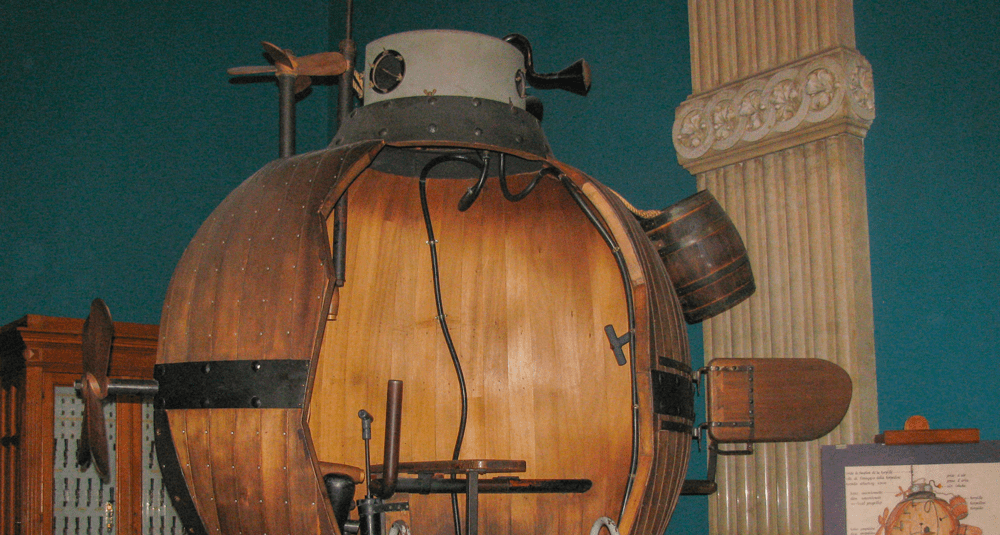
What is the name of the military submarine invented by David Bushnell in 1775?
2Turtle
1Shark

🙌 Good answer
The Turtle is the first military submarine to be used in battle. It was invented in 1775 by David Bushnell in Connecticut. It is the first submarine and also the first known marine vehicle to be propelled by a propeller.
Next question

😞 Wrong answer
The Turtle is the first military submarine to be used in battle. It was invented in 1775 by David Bushnell in Connecticut. It is the first submarine and also the first known marine vehicle to be propelled by a propeller.
Next question
sciences
/ 10

How much bone is the human skeleton made of?
1206
2306

🙌 Good answer
The human skeleton is made up of 206 bones in adults. These bones provide structure, protect internal organs and enable movement through limb articulation.
Next question

😞 Wrong answer
The human skeleton is made up of 206 bones in adults. These bones provide structure, protect internal organs and enable movement through limb articulation.
Next question
sciences
/ 10
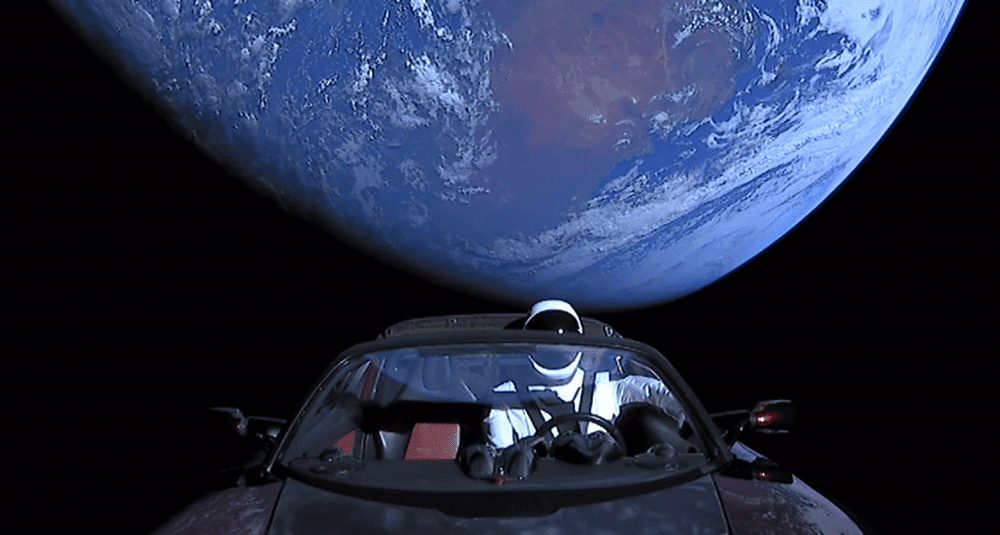
What is the brand of the car sent into space on the maiden flight of the Falcon Heavy rocket?
2Tesla
1Ferrari

🙌 Good answer
The Tesla Roadster is an automobile that was used as an empty load during the maiden flight of the Falcon Heavy rocket. In February 2018, it is launched into space.
Next question

😞 Wrong answer
The Tesla Roadster is an automobile that was used as an empty load during the maiden flight of the Falcon Heavy rocket. In February 2018, it is launched into space.
Next question



